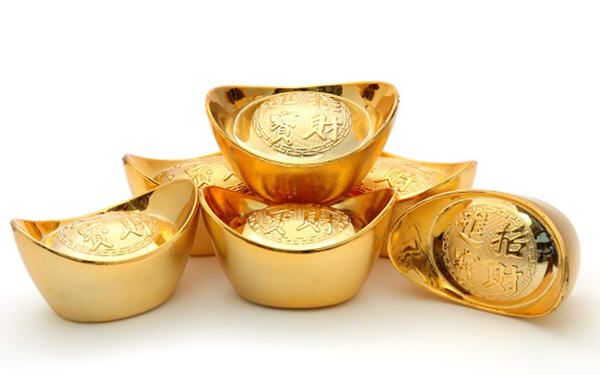
AXMIN Inc (TSXV: AXM)
AXMIN Inc. (TSXV:AXM) is a Canadian-based exploration and development company with a strong focus on central and West Africa.

The current feature of the U.S. economy is strong growth and high interest rates, with frequent record highs in the U.S. stock market. However, contrary to intuition, many institutions are bullish on gold, and their basis without exception is the expectation that the Federal Reserve’s loose monetary policy and anticipated interest rate cuts will increase gold demand. However, one institution points out that the relevance between gold and real interest rates has been invalidated.
So the question arises: what is the new driving force behind the rise in gold prices?
Let’s first discuss the logic behind the bullish view on gold held by most Wall Street investment institutions.
There exists a negative correlation between gold and real interest rates. Changes in real interest rates directly impact the price trend of gold. Typically, when real interest rates fall, gold prices rise because investors tend to hold gold as a hedge, whereas rising real interest rates lead to a decline in gold prices. This negative correlation is determined by risk aversion, inflation expectations, and investor reaction to monetary policy.
For example, analysts at JPMorgan Chase pointed out that this year, gold prices will benefit from interest rate cuts and a return of investment demand. Canadian hedge fund XIB Asset Management is currently betting that gold and uranium will perform better in an environment of declining interest rates. Sean McNulty, one of the founders of XIB, stated that historically, gold and other commodity-driven stocks have performed well in the next stage of the credit cycle.
In addition, UBS advises investors to buy gold once the price falls below $2,000 per ounce, driving the gold price to a peak of $2,250 by the end of the year. The relaxation of monetary policy will put pressure on the dollar and real interest rates, thereby boosting gold demand, especially in gold ETFs. According to UBS’s forecast, gold ETFs that have seen outflows for three consecutive years are expected to experience inflows, which could lead to a sustained rise in gold prices.
Colin Hamilton, a commodities analyst at BMO Capital Markets, in a report titled “New Drivers of the New Era of Gold,” pointed out that the relationship between gold and real interest rates has weakened, and the correlation between the two was broken and invalidated during the significant rise in real interest rates in 2022, and it has not been rebuilt since then.
Instead, the most important driver of this precious metal has become the reduction of the dollar and increased gold holdings in emerging economies.
China is leading this trend. The People’s Bank of China has become an undisputed global pioneer in gold purchases, interrupting purchases since November 2022. The latest information shows that the People’s Bank of China purchased 225 tons of gold in 2023, and the official gold reserves reached 2,235 tons as of the end of December last year, accounting for 4.3% of China’s official foreign exchange reserves.
Mike McGlone of Bloomberg recently stated that the most important reason for the sustained strength of gold prices is that the wealthiest central banks on the planet are rapidly increasing their gold holdings.
Meanwhile, the Chinese stock market has declined for the third consecutive year in 2023. Although the government is reportedly considering a 2 trillion yuan market rescue plan, surveys show that Chinese households still lack confidence in the stock market. Conversely, the price of gold denominated in renminbi hit a historical record in 2023. Given this, a major downward pressure on gold prices this year may come from the increased risk appetite in China, such as a rising stock market.
However, BMO and Hamilton both predict that central bank and household investment will be a multi-year investment theme. The reason for this is that gold is no longer just a safe-haven asset during periods of uncertainty, but also a strategic asset in the context of the increasingly fractured global economy.